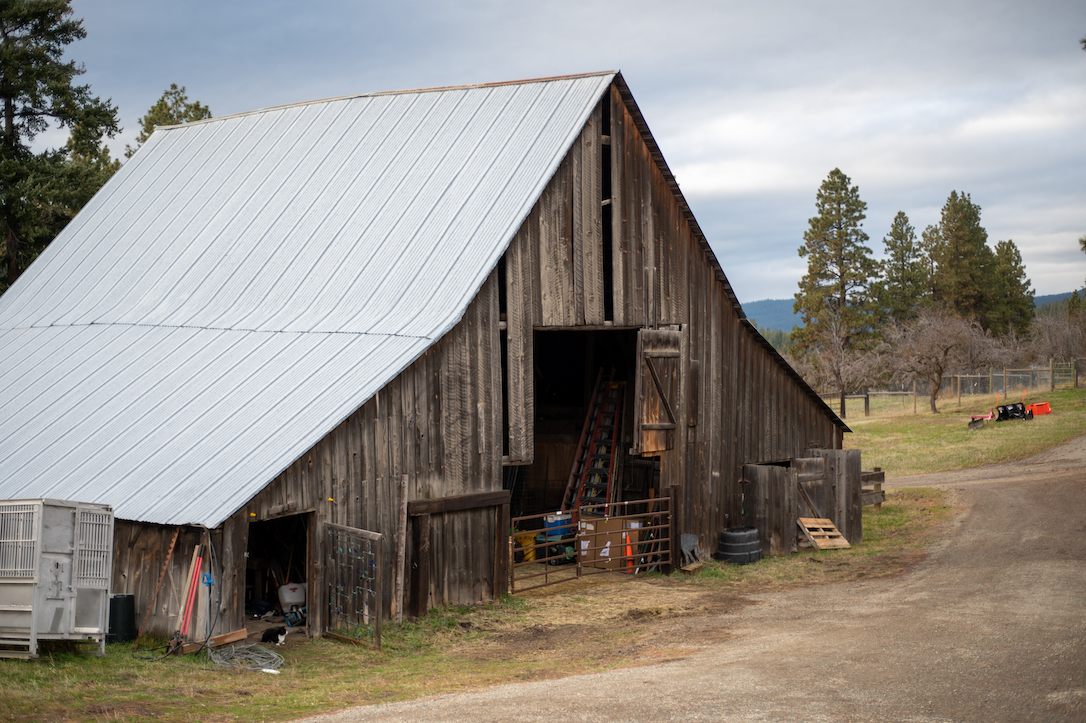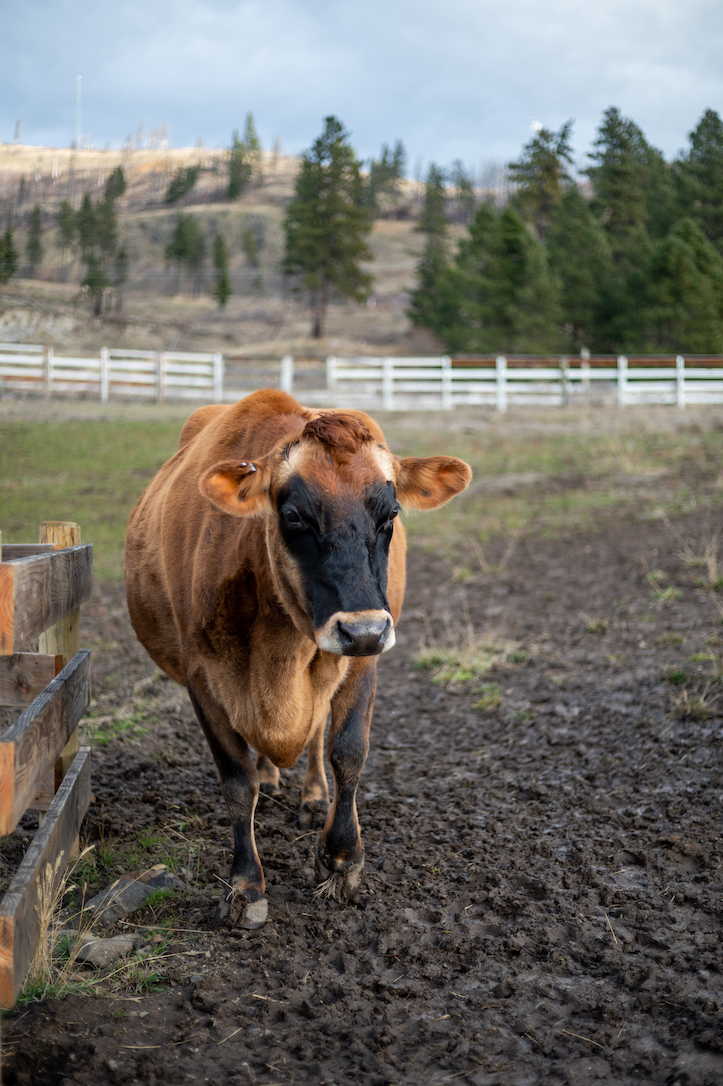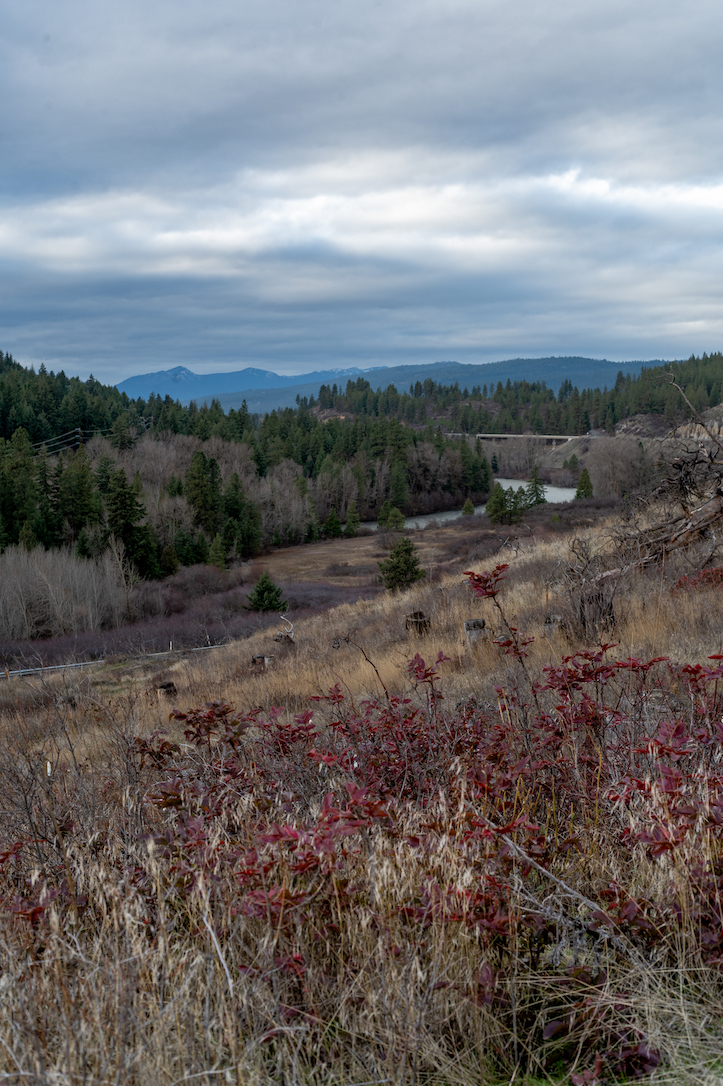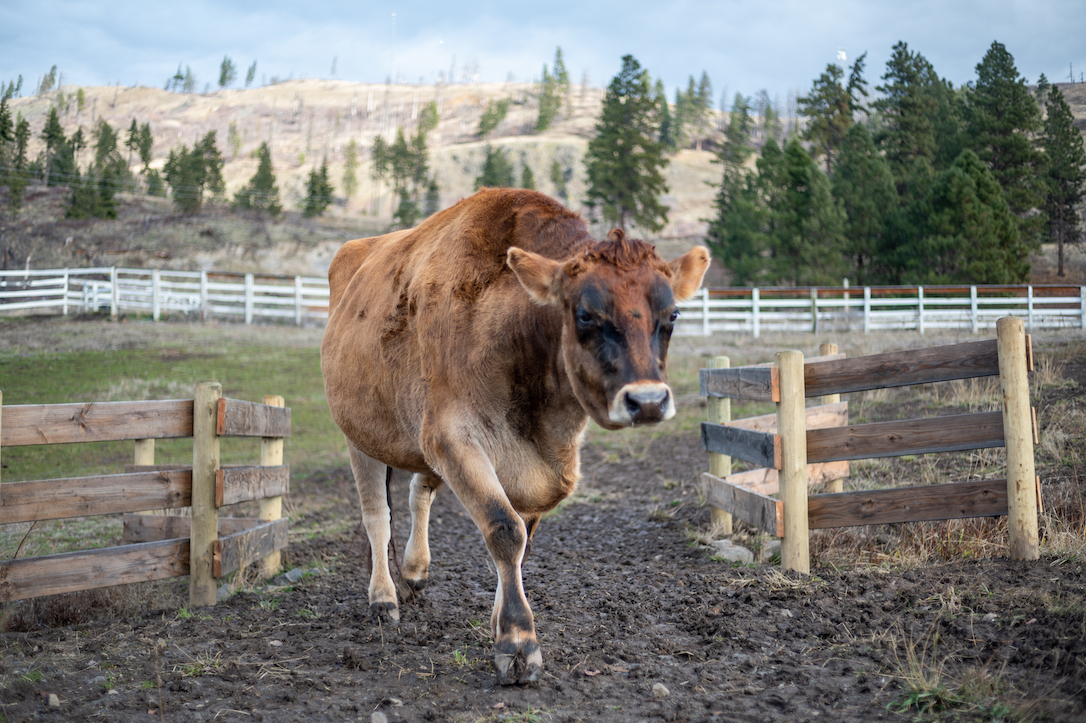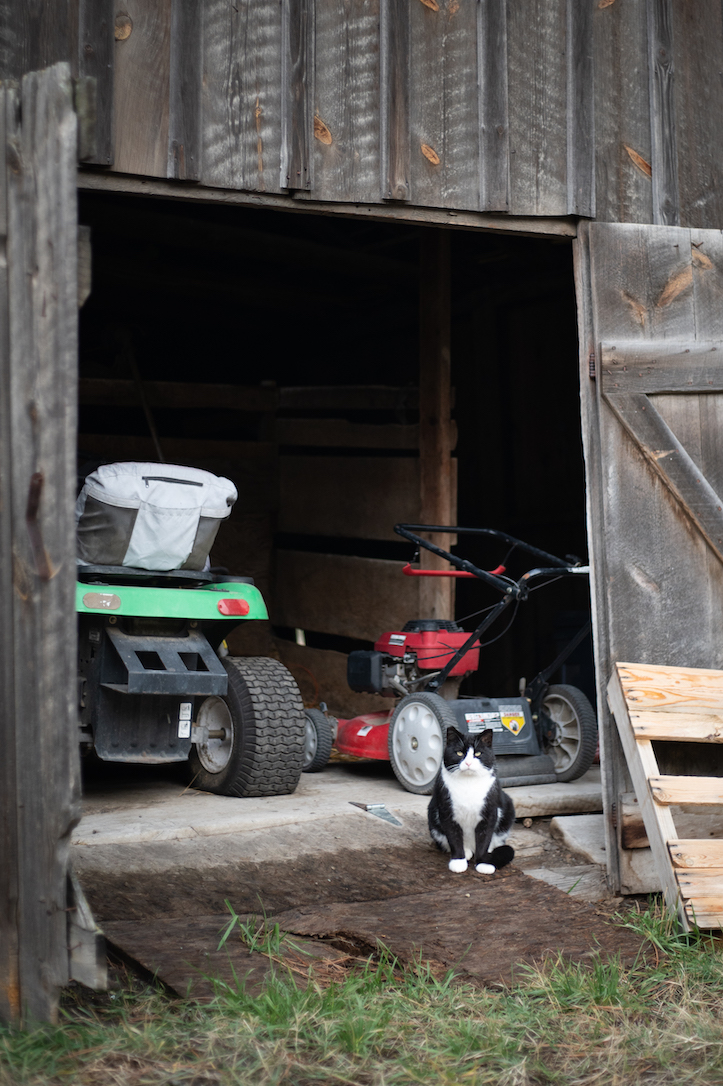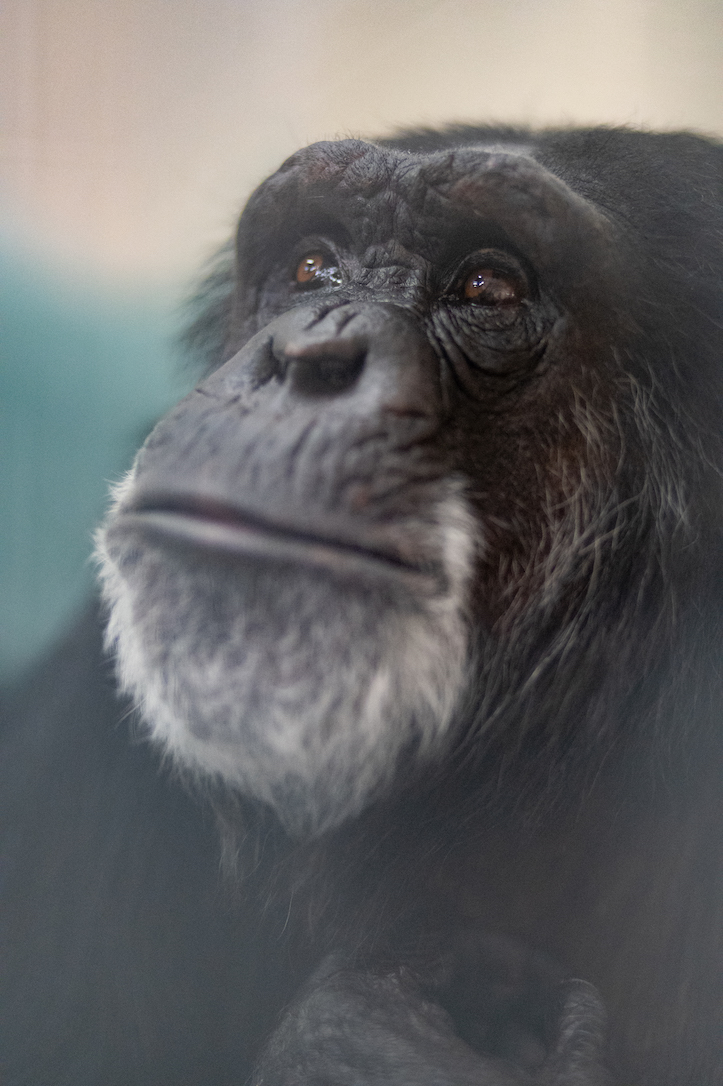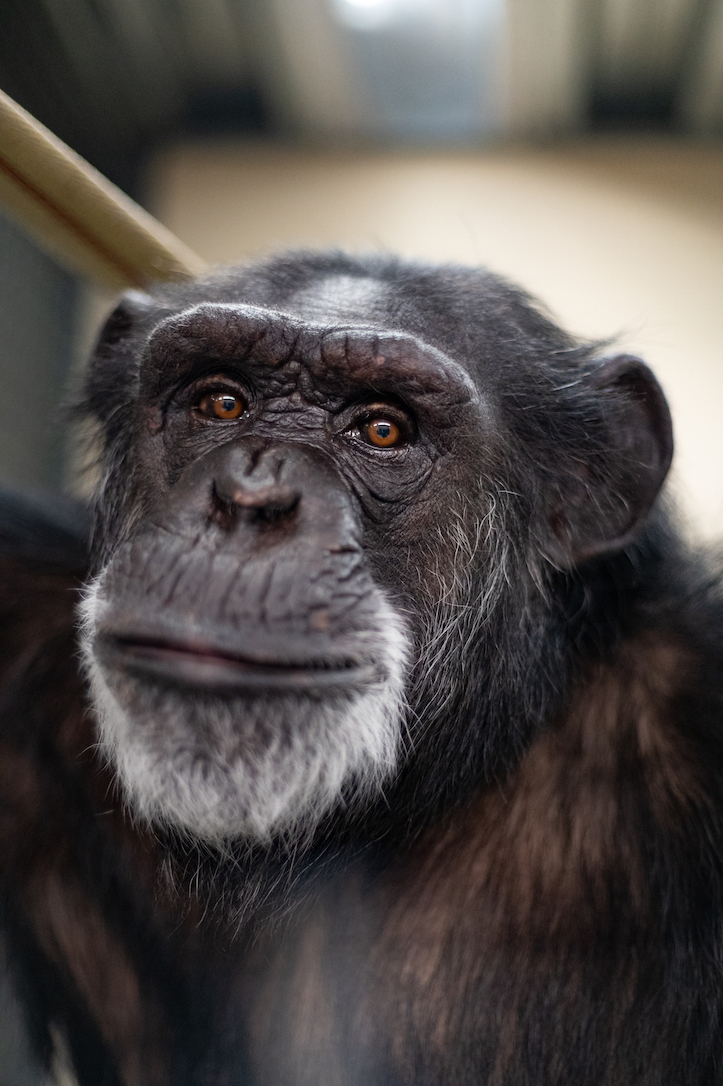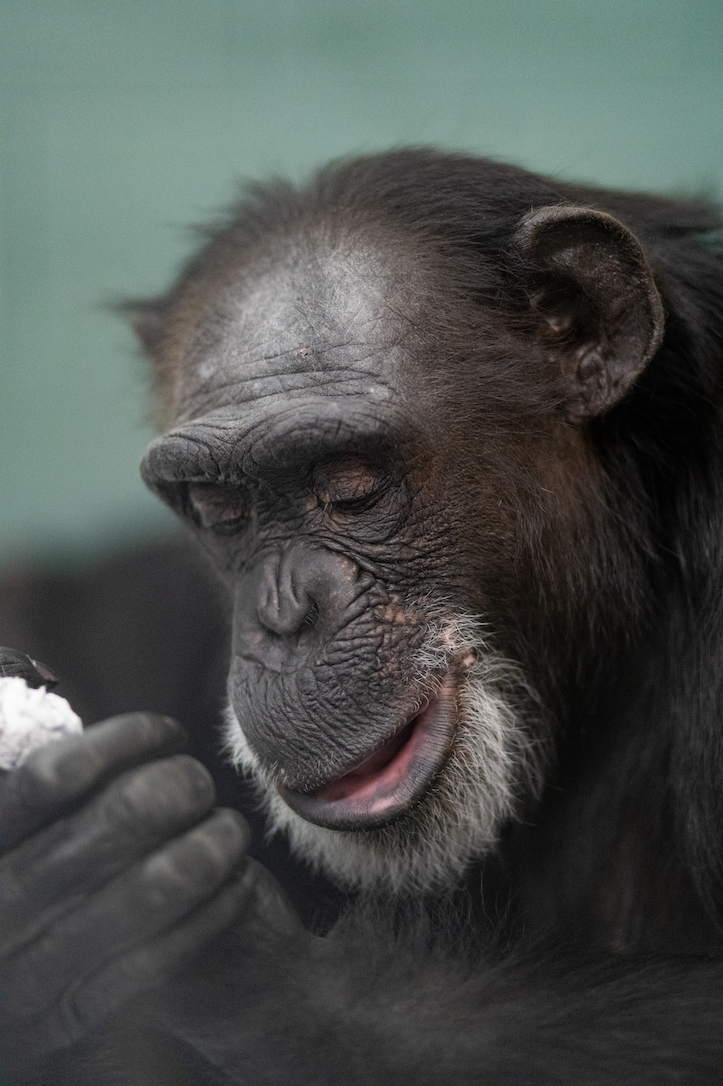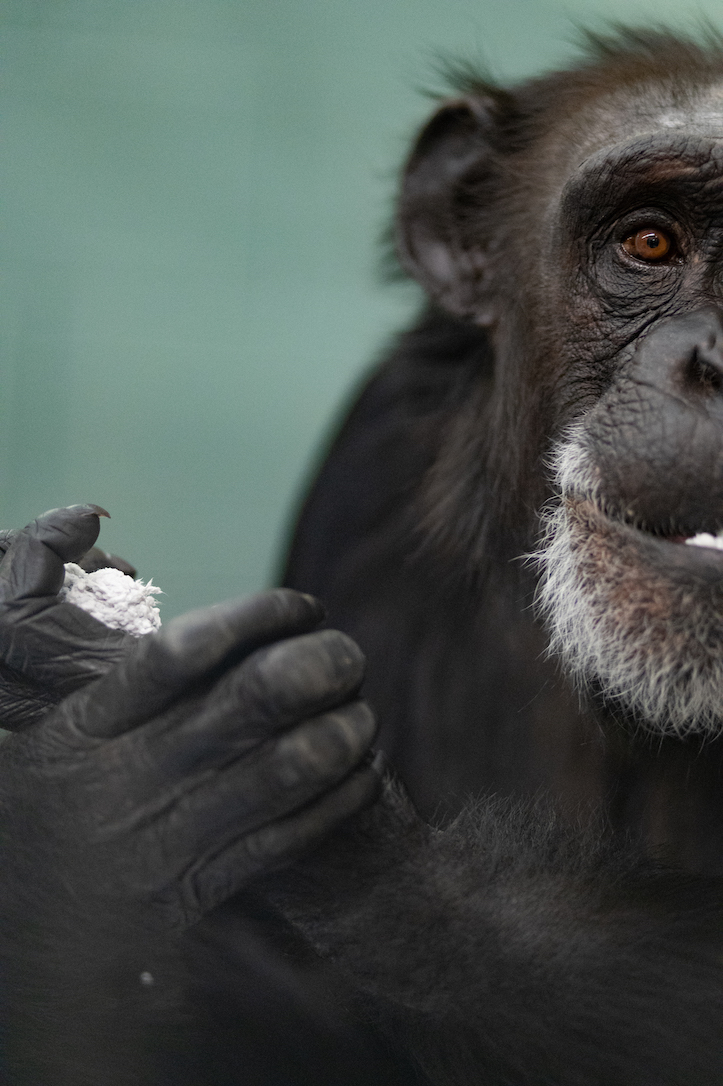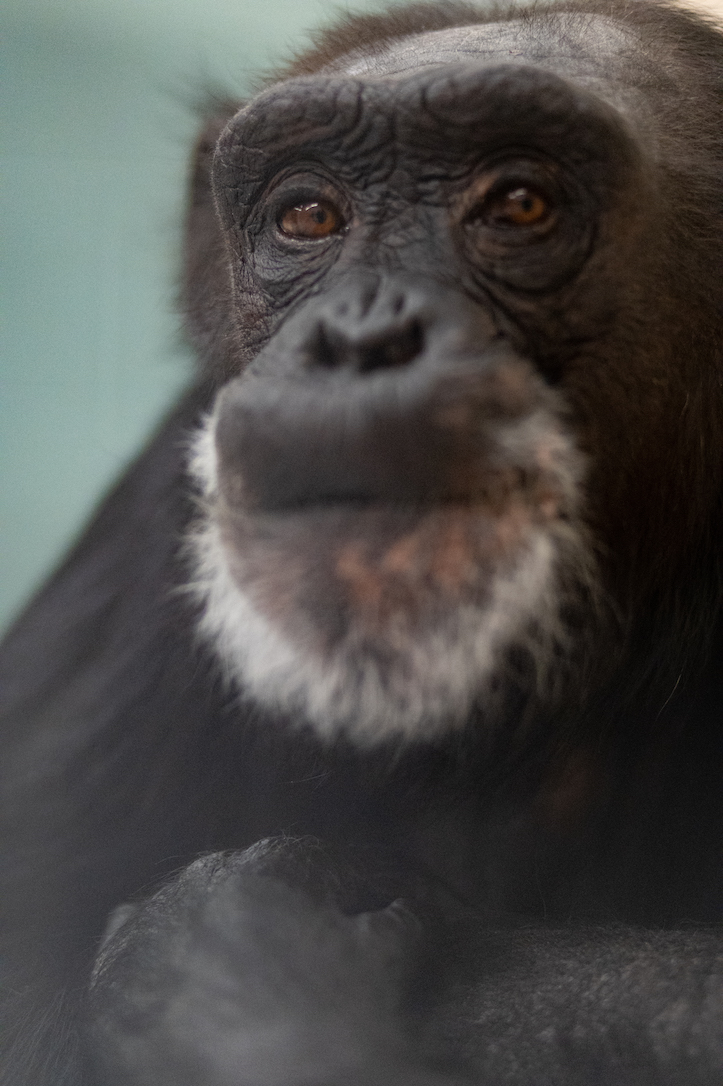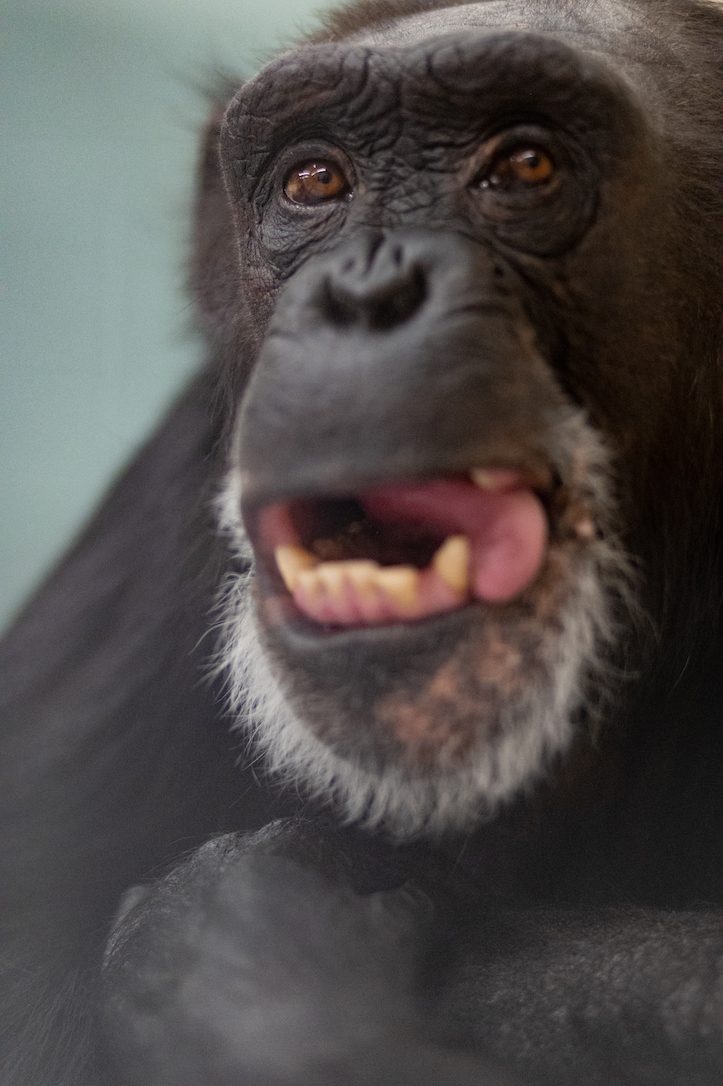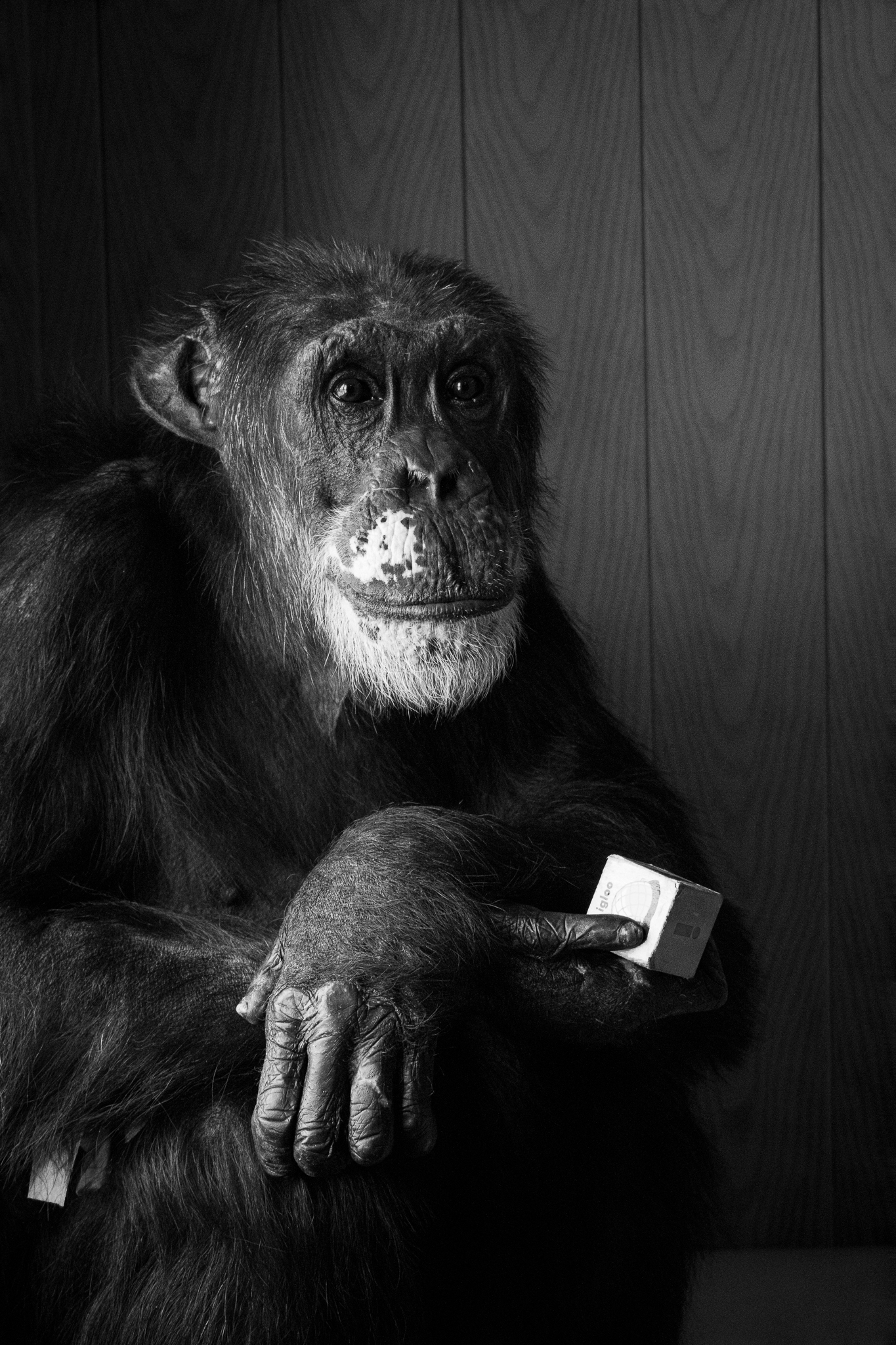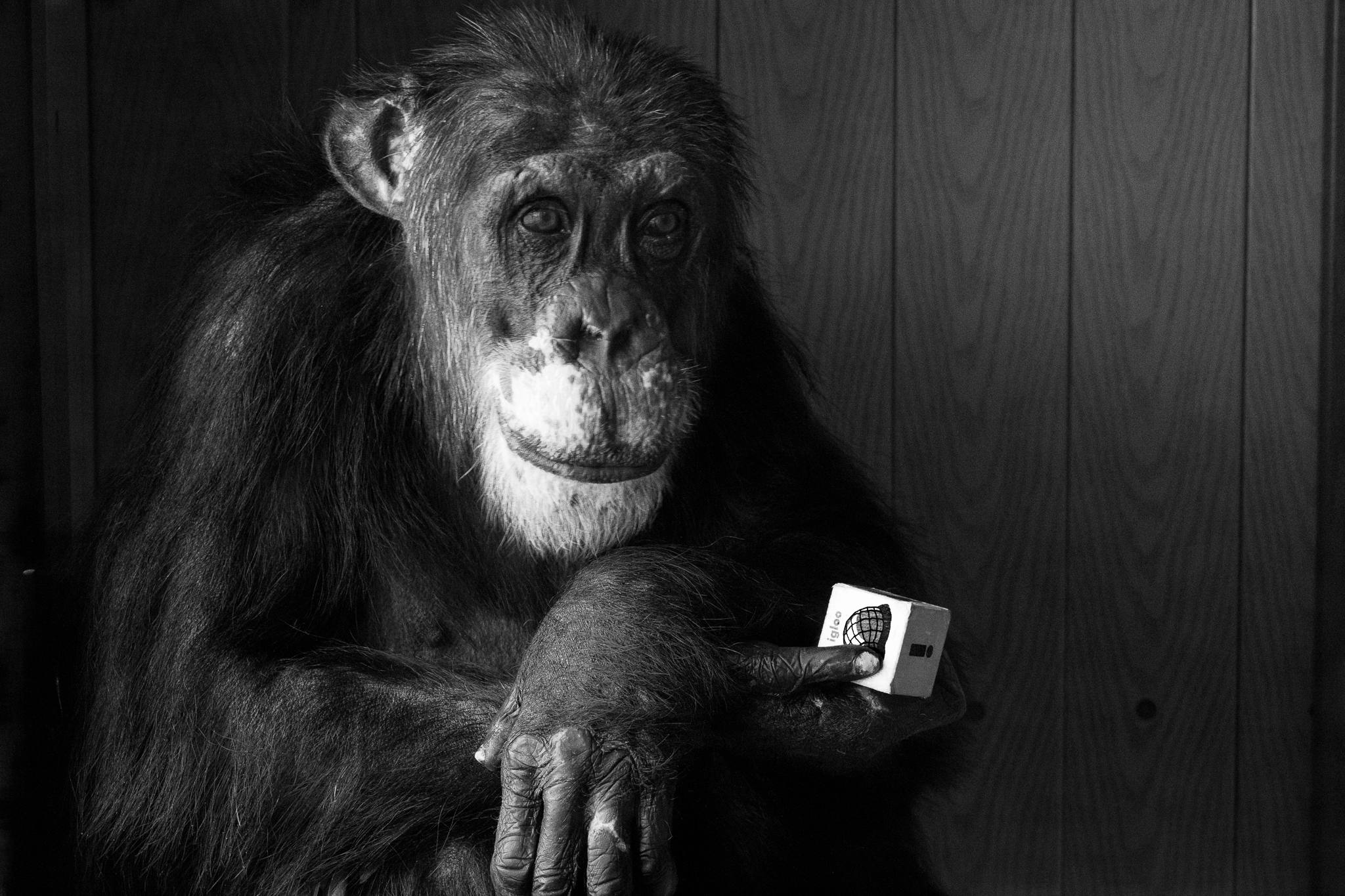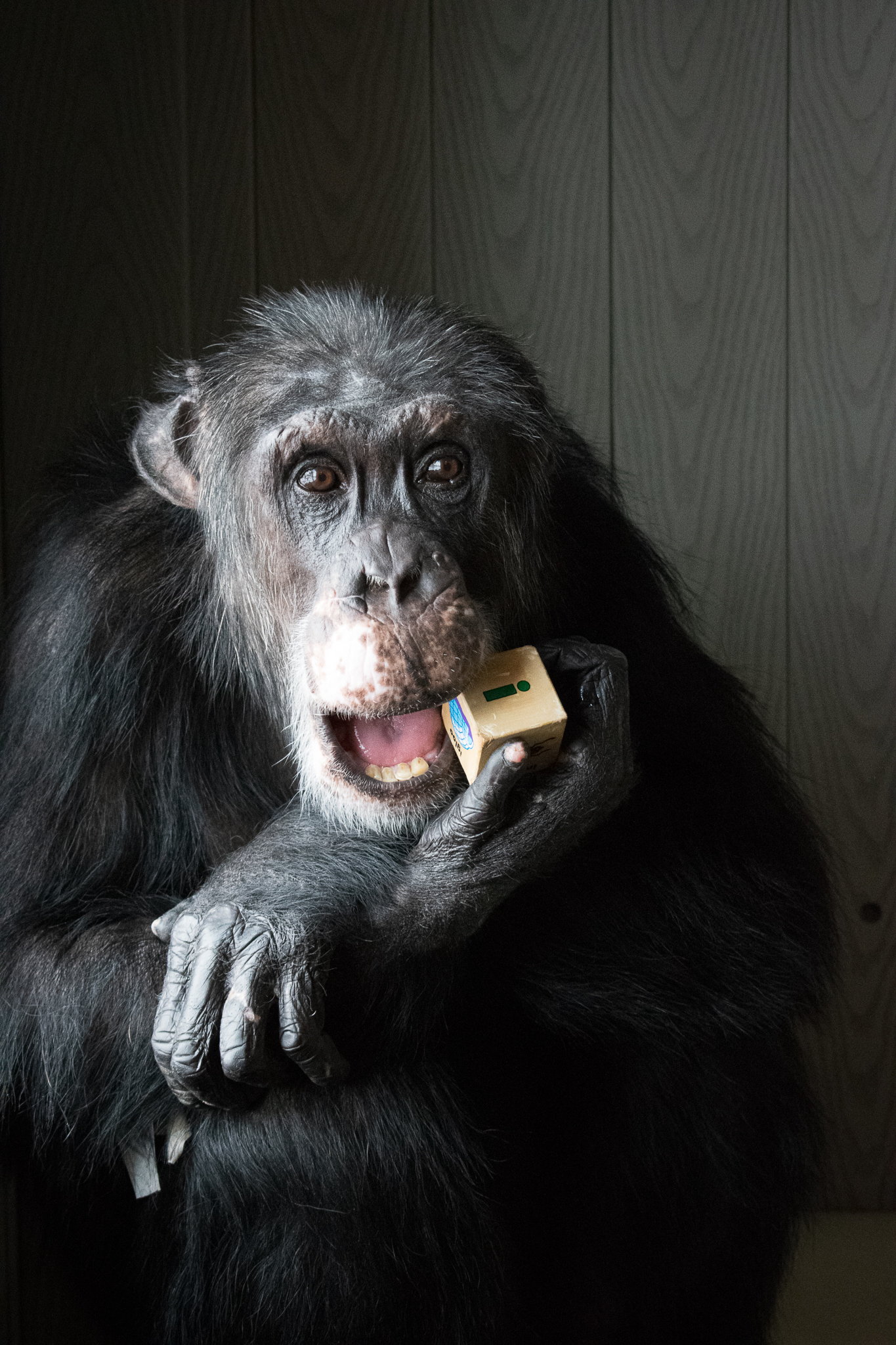I’m sure all of you are familiar with the Lucky Six by now, but do you know the Nifty Fifty?
Before I get any further ahead, I need to clarify something. Y’all may be disappointed, but we don’t currently have any plans to rescue a group of fifty chimpanzees. (Not anytime soon, at least.) The colloquial term “Nifty Fifty” refers to something a little less exciting.
The Nifty Fifty is a type of camera lens.
More specifically, photographers refer to 50mm prime (fixed) lenses as “nifty fifties” because they’re relatively inexpensive, versatile, lightweight and sharp (id est, nifty).
By sacrificing the mechanical components required to zoom in on a subject, prime lenses can be built with a larger aperture* (usually f/1.4 or 1.8) while retaining their relatively affordable price and compact size. This trade-off is particularly beneficial in poorly-lit conditions, but it also creates a shallow depth of field that can produce a bokeh effect (an aesthetically-pleasing background blur that makes the subject stand out). Given all these qualities, the 50mm prime is a staple of event, travel, studio, and street photographers. It’s not bad for shooting landscapes, either!
*For those of you who may be new to this topic, aperture, shutter speed, and ISO/sensitivity are the three main variables that photographers adjust to get the desired exposure. The aperture setting is the camera’s equivalent to the dilation of your eye’s pupil; when the aperture is opened wide, more light reaches the sensor at any given shutter speed or sensitivity, resulting in a brighter image.
Normally, the first lenses we caregivers reach for in the morning are the heavier telephotos that let us zoom in on the chimpanzees from afar. These lenses are particularly useful when the chimps are lounging on the upper decks of the greenhouse enclosures or foraging outside in Young’s Hill. They’re not quite as effective indoors, however, since they have comparatively small apertures that limit the passage of light to the sensor.
Last week, the weather was foggy, chilly and wet, and the sanctuary’s primate residents chose to spend more time lounging and socializing in the heated indoor areas. With the chimps hanging out in close proximity and limited sunlight coming in through the windows and overhead skylights, I decided to use the 50mm “nifty fifty” lens to get some portraits for the blog. Fortunately, some of the chimps let me photograph them while they perused their daily enrichment and made blanket nests in the cozy front rooms.
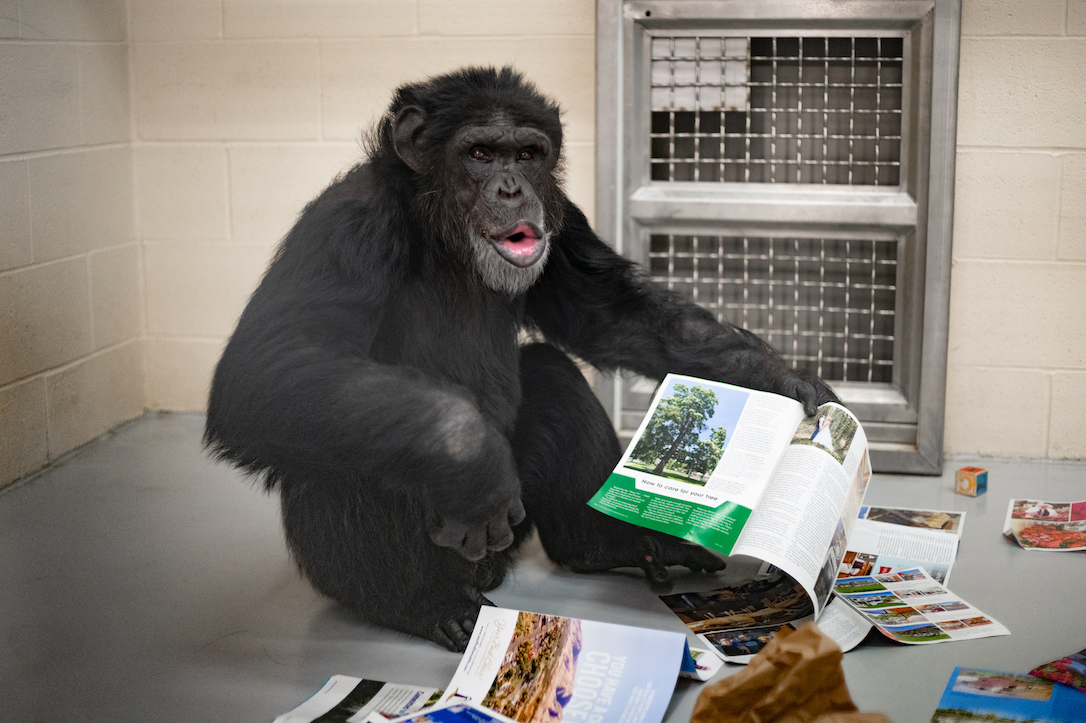
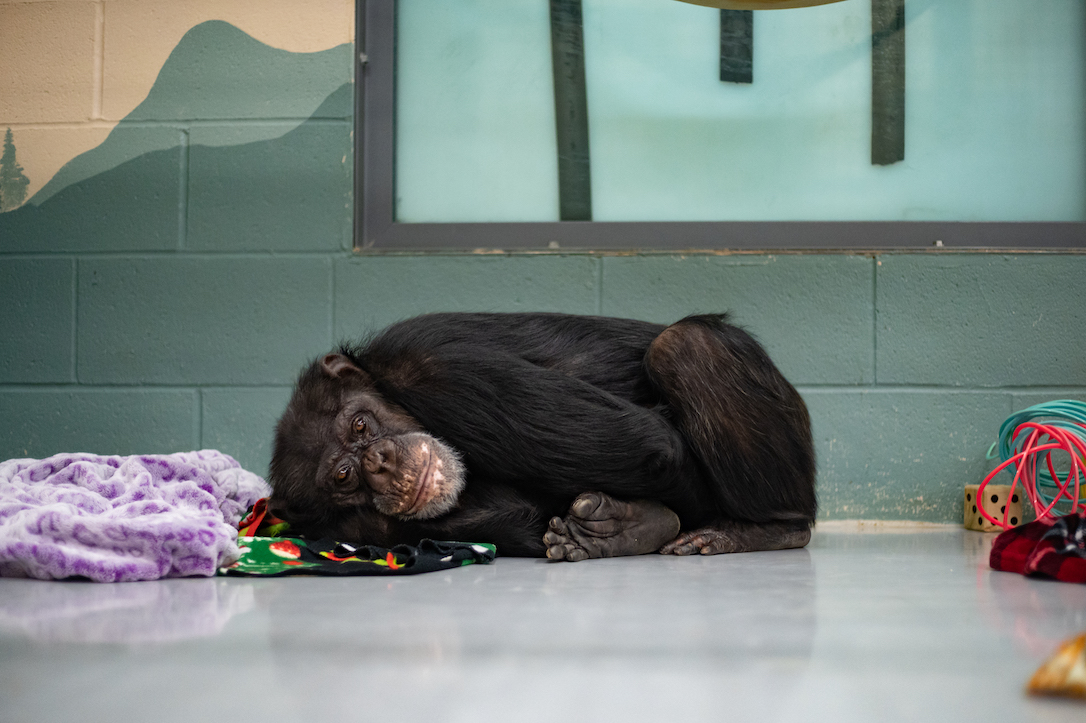
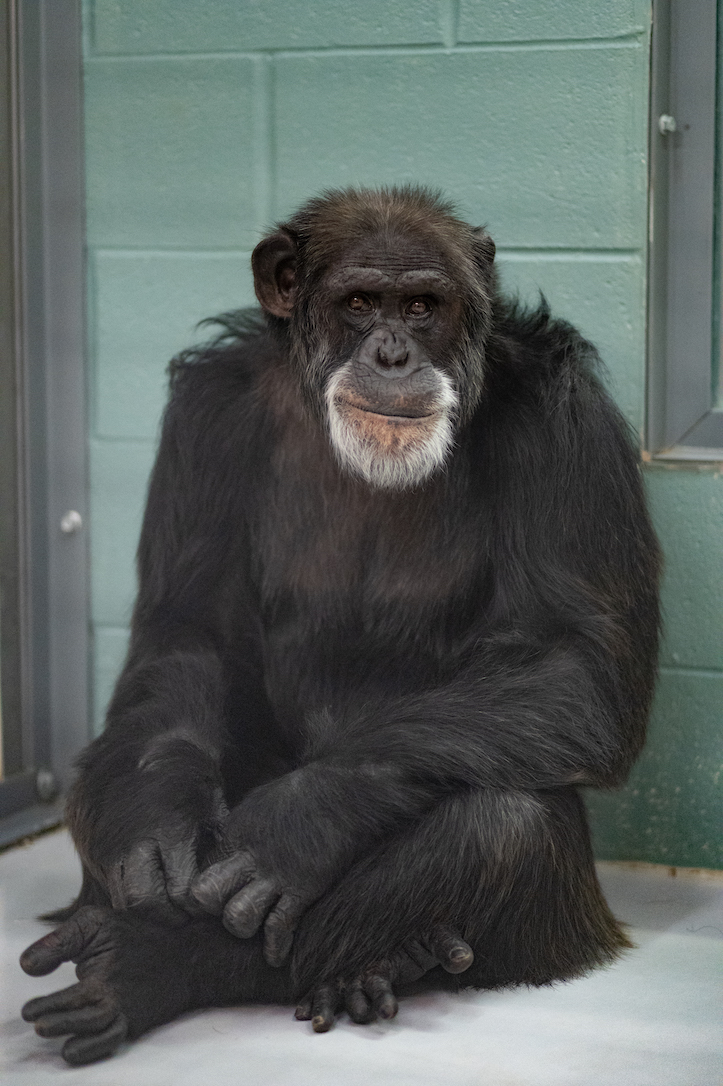
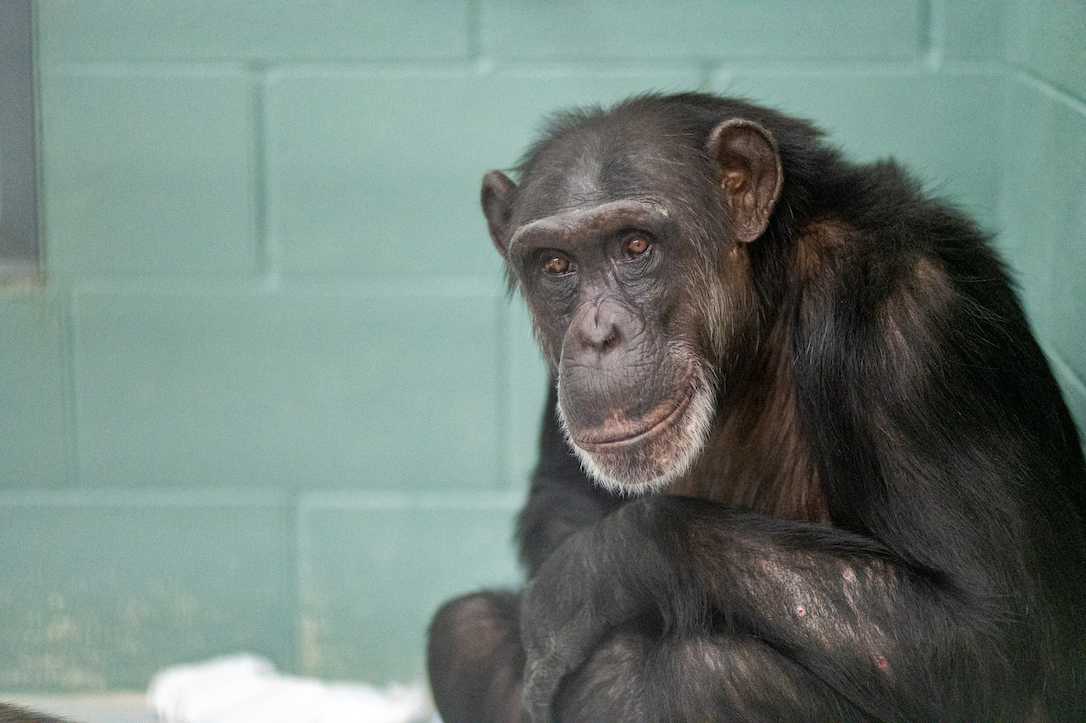
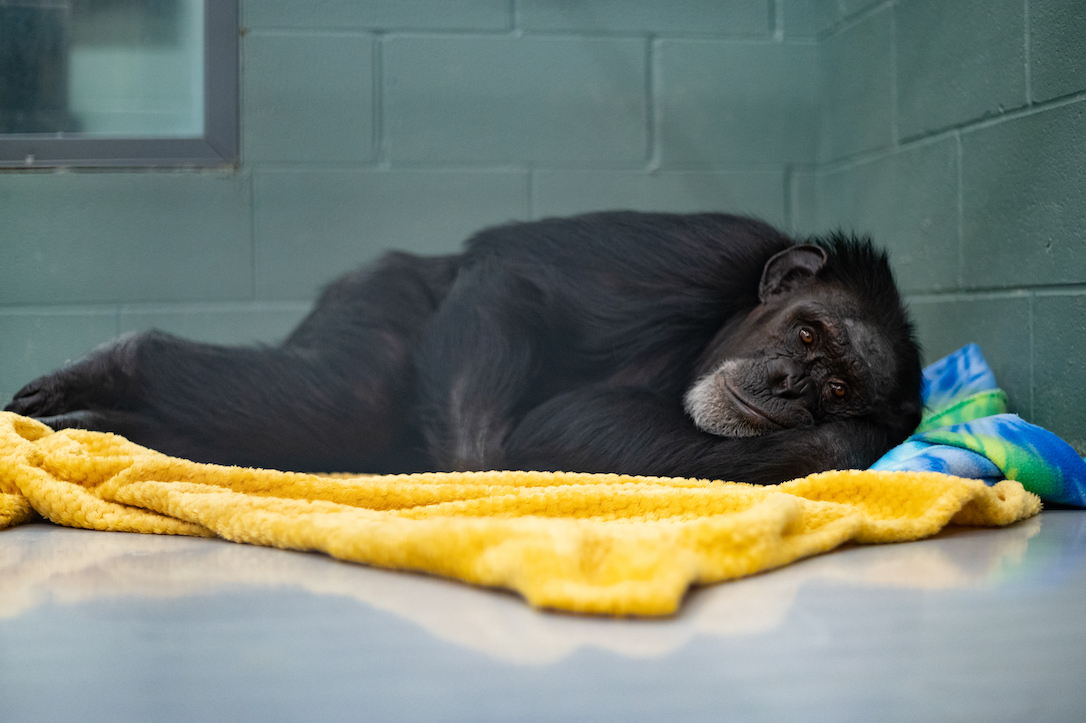
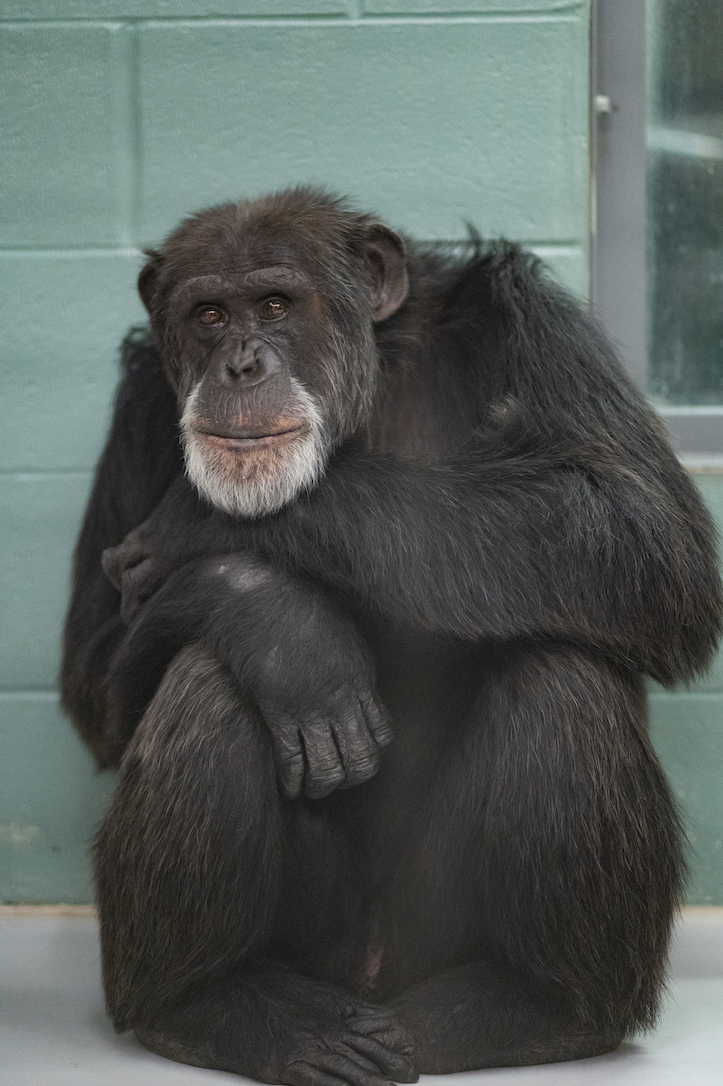
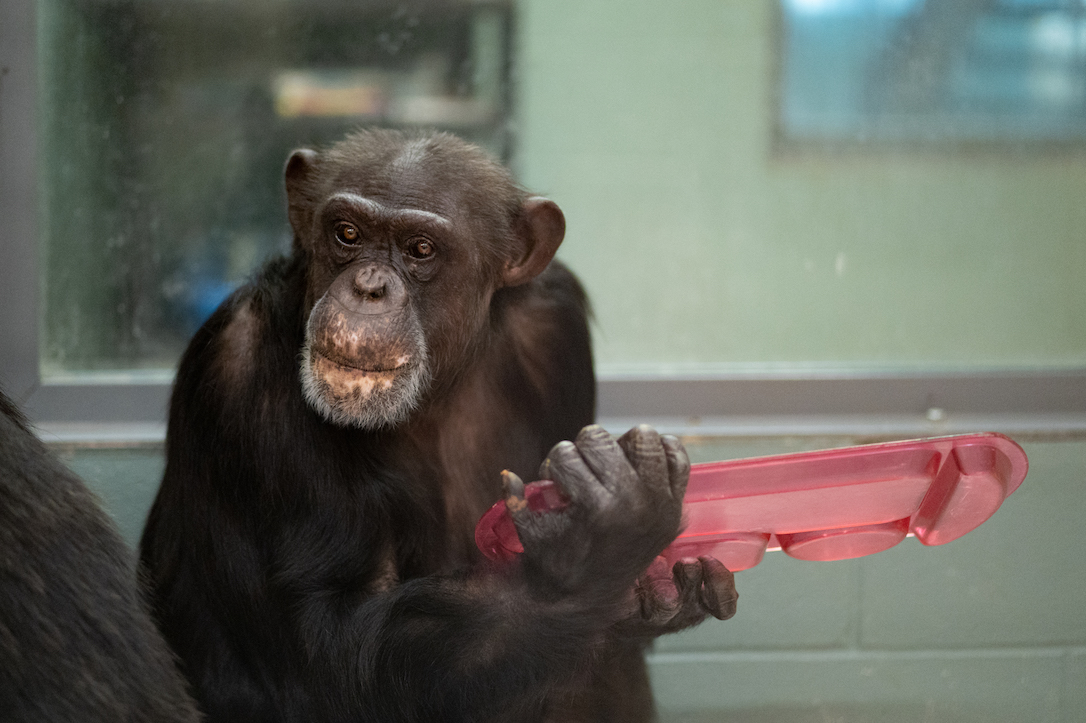
When we’re holding the camera lens (or smartphone) flush against the caging, it’s easy to forget that there’s steel mesh between us. For some perspective on this, I recommend revisiting one of Diana’s posts from long ago: Caging is OK.
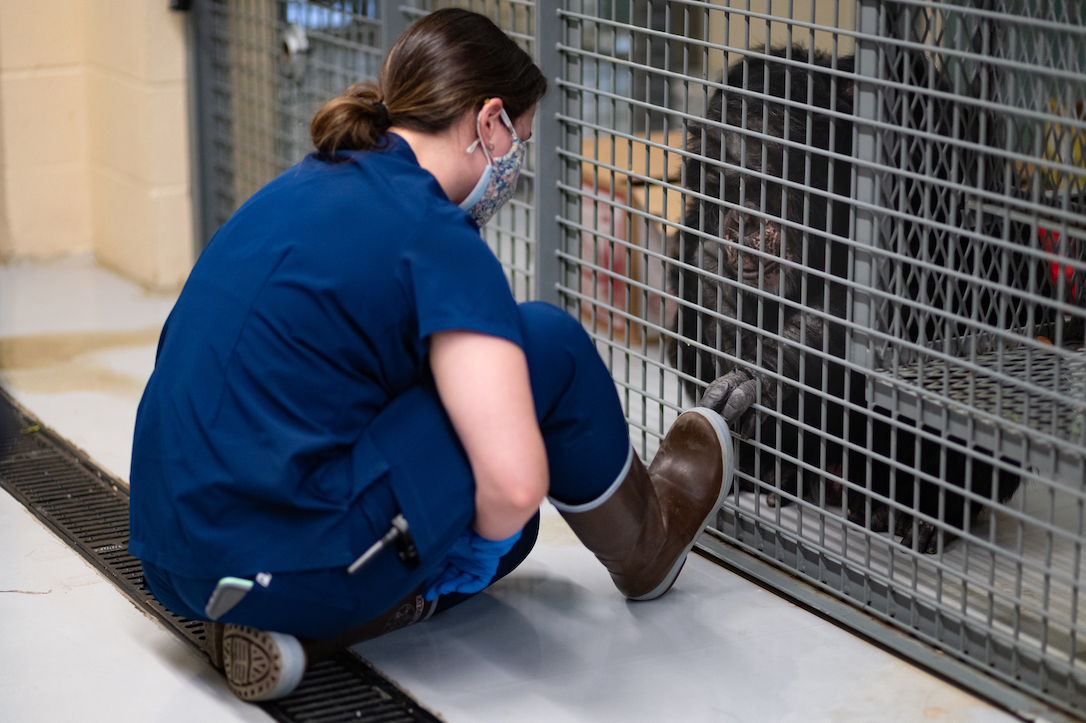
Safely shooting through the caging is one of the most difficult aspects of photographing chimps. One benefit of the wide aperture on the aforementioned Nifty Fifty is that it can blur out a barrier even when sections of it are obstructing the image. Sometimes, this effect even creates a halo-like frame around a chimpanzee’s face. In my opinion, it’s a cool way of highlighting each chimps’ unique expressions while subtly reminding you that the barriers are there. In these photos of Jody and Annie, you can see the caging but it’s not drawing your attention like it would if it was sharply in focus.
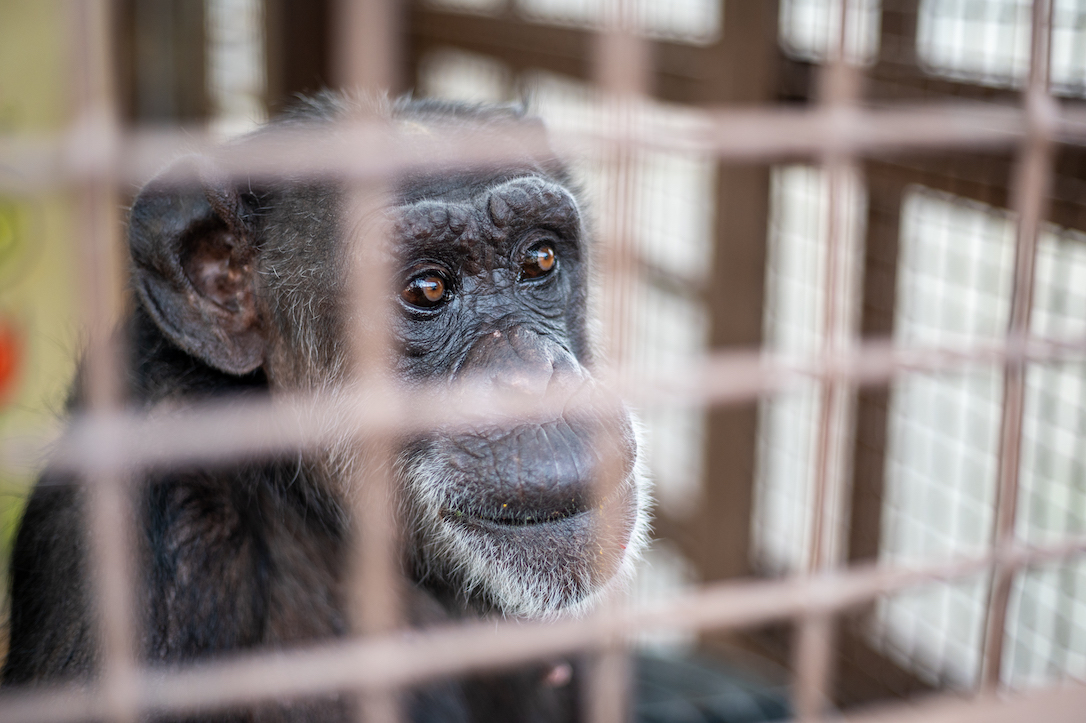
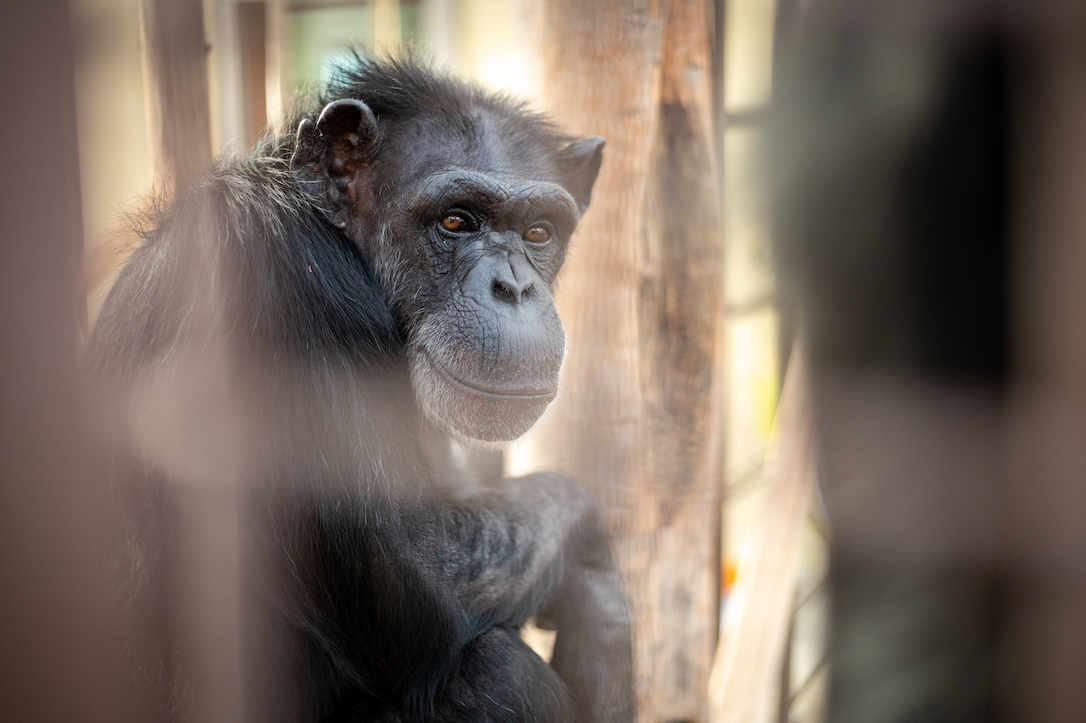
One slow afternoon, I sat with half-sisters Lucky and Rayne for a few minutes and let them each observe their reflections in the camera lens. They were both enthralled by the shiny iridescence of the optical pieces, the bizarre motion of my fingertips around the camera’s other controls, and the absurd positions I put myself in to get the compositions I wanted. Their inquisitive stares led to some striking “eye contact” with the lens, and I was pleased with how each series captured pieces of their quirky personalities.
Lucky was the first to approach and spent the whole session looking down at me with skepticism. Typical.
Rayne was munching on a paper wadge when we started, but she eventually spit it out so she could examine her own teeth in the reflection.
Finally, here are a couple more shots I took with the 50mm this past week. Thanks for scrolling down this far!

